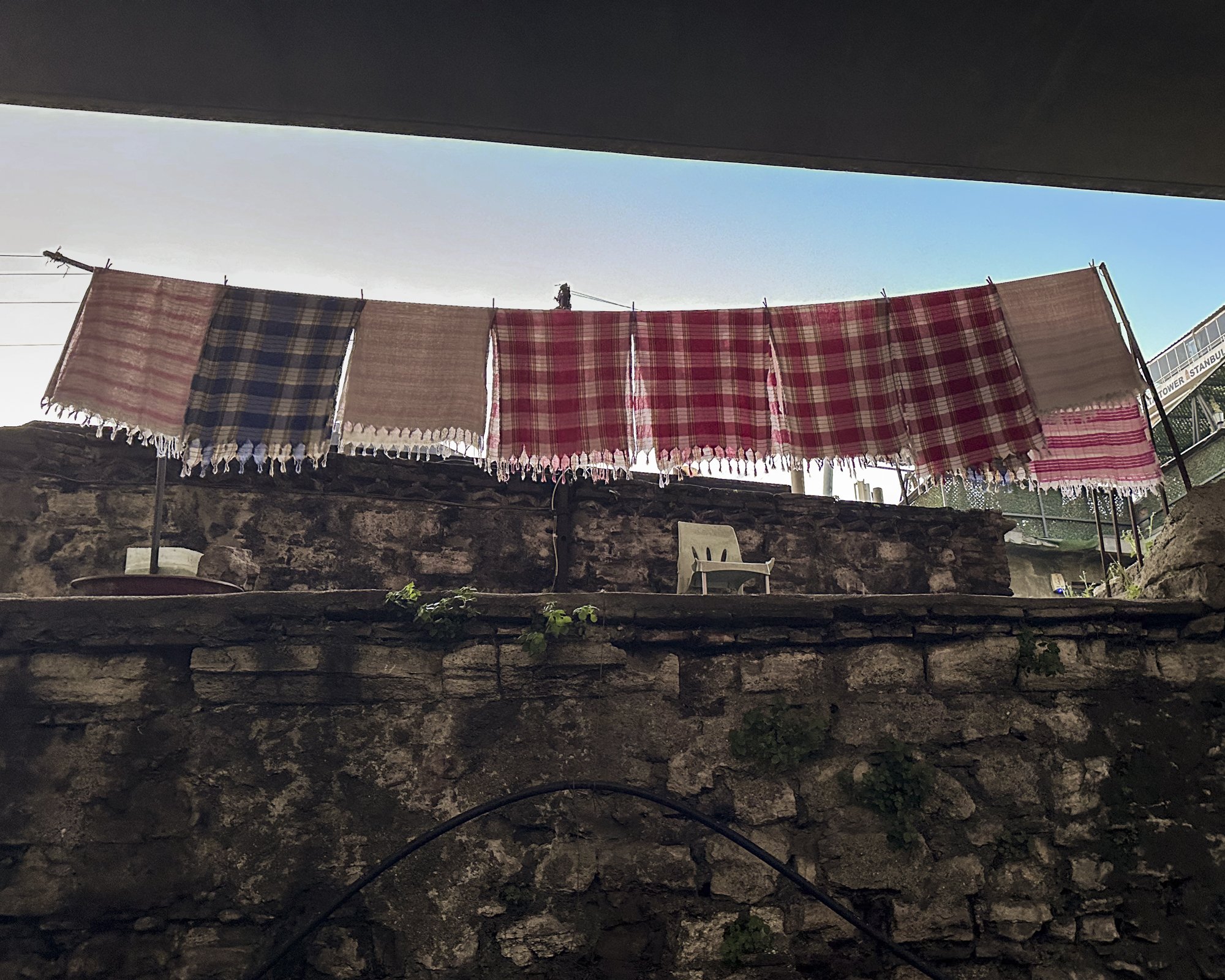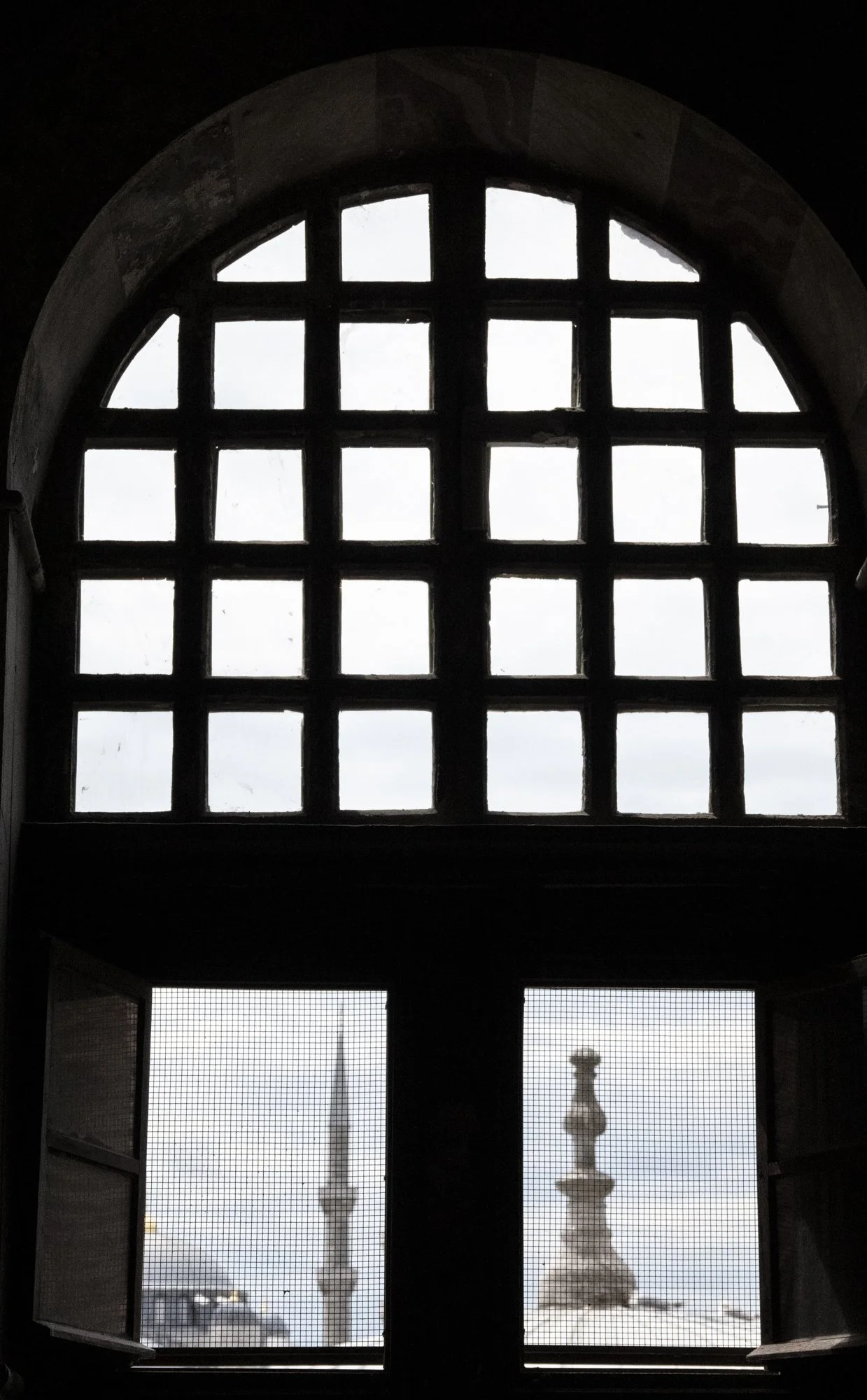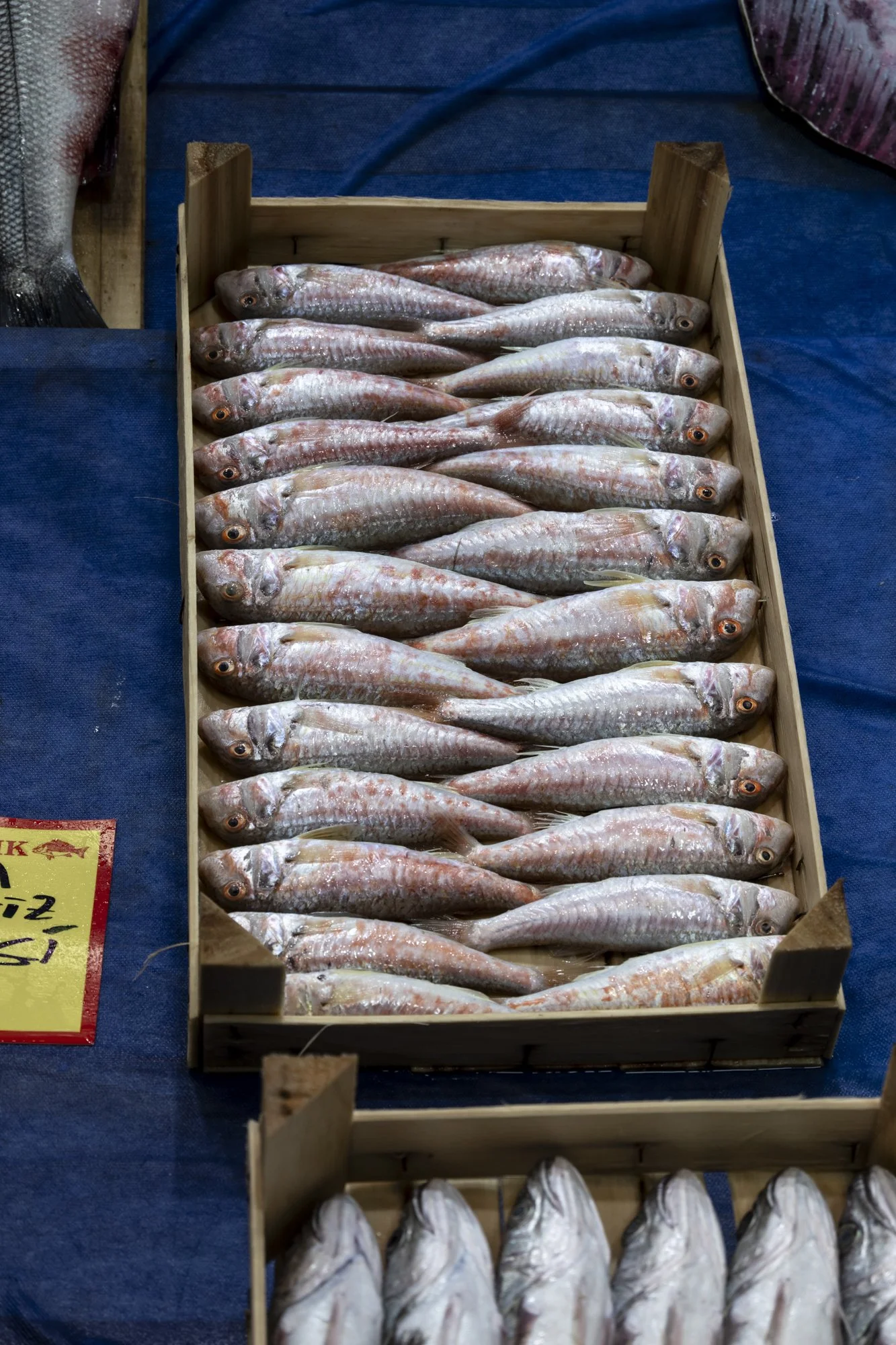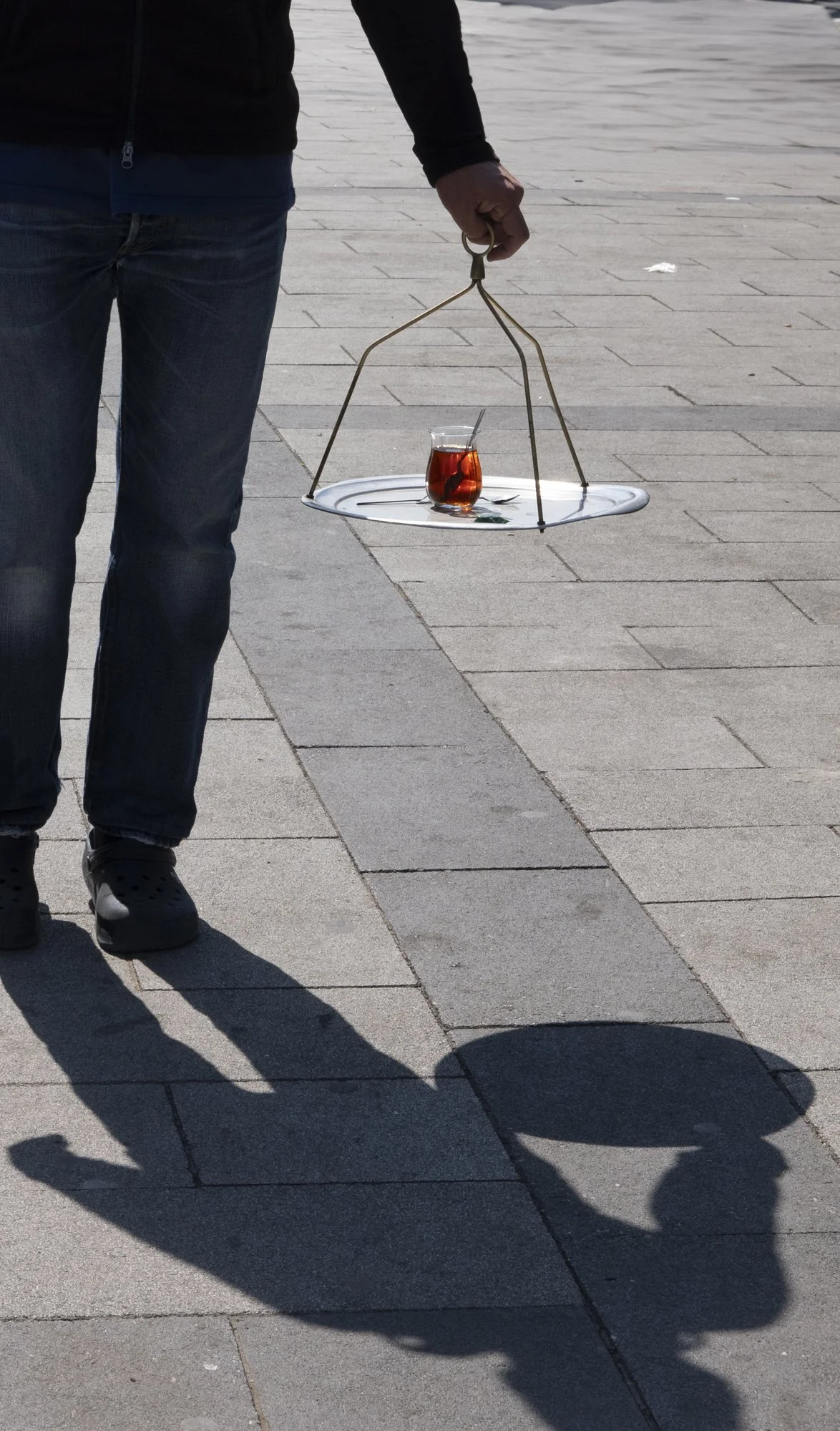Shapes of Turkey
Where lines and curves merge with the pulse of time, weaving stories that only shapes can tell.

Turkey isn’t just a country, it’s a place where everything has a shape that tells a story. Walking through Istanbul, it feels like the city itself is alive, breathing through its windows and ancient walls.
Take this window, for example. The dark, weathered frame holds squares of light, almost like a puzzle, each pane showing a different moment. Outside, the spires of mosques pierce the sky. They’re part of the city’s heartbeat, watching over everything with this silent strength. The scene is timeless, as if nothing has changed in centuries.
Pots upon pots of it, golden, thick, as if sunlight had been harvested and sealed in glass. Each jar a promise of sweetness, of floral notes gathered by bees from distant hills, now waiting to be drizzled over bread or stirred into tea. These pots tell the story of time, of patience, of nature’s slow gift to the people who savor it. The honey glows, a golden hue reflecting centuries of tradition.
Everywhere you look, there’s something to catch your eye—a curve, a line, a texture. The arch of a doorway smoothed by years of hands brushing against it, the rough edge of a market table piled with fresh fruit and spices, the way the pots of honey glow in the soft afternoon light. These shapes, these small details, are what make Turkey feel like a living, breathing work of art.
These are the forms of Turkey—a language unspoken, yet understood by those who walk its streets, touch its stones, taste its offerings.
Down in the market, the shapes take on a new form. Fish, fresh from the sea, are laid out in neat rows, their silver scales glinting like tiny mirrors. They look like they could slip back into the water at any moment.
They’re more than just dinner, they’re part of the rhythm of life here, part of the constant flow between the sea and the city.









